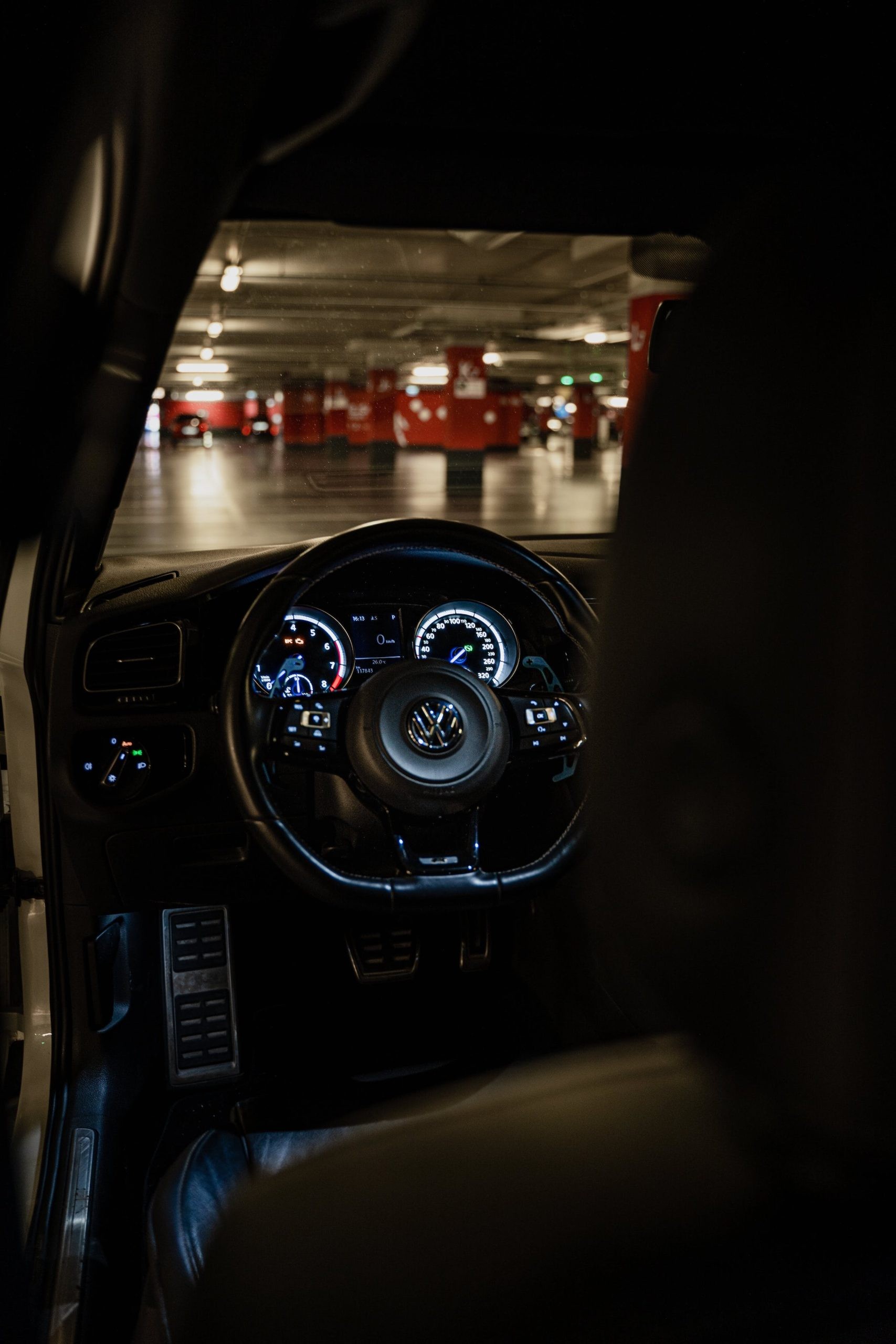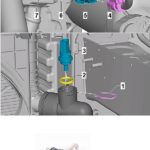Taking good care of your Volkswagen Golf means keeping up with regular maintenance. This not only ensures a safer and more reliable driving experience but also helps prevent expensive repairs in the long run. Modern cars like your VW Golf can be complex, and dashboard warning lights, especially the ABS light, can sometimes be confusing.
While most drivers are familiar with the check engine light or maintenance reminders, the anti-lock braking system (ABS) warning can be less straightforward. As a VW Golf owner, seeing this light illuminate might raise questions about what it means for your vehicle and what actions you should take. This guide will provide a clear explanation of the ABS light in your VW Golf and outline the necessary steps to address it.
Understanding the Anti-lock Braking System (ABS) in Your VW Golf
Imagine you’re driving your VW Golf and suddenly need to brake hard, perhaps to avoid an unexpected obstacle. Without ABS, there’s a risk that your wheels could lock up. Wheel lock-up reduces your ability to steer and can lead to skidding and loss of control, particularly on slippery surfaces. The anti-lock braking system is specifically designed to prevent this wheel lock-up during sudden or hard braking.
 Over the shoulder shot into a Volkswagen looking at the drivers dashboard showing the ABS warning light illuminated
Over the shoulder shot into a Volkswagen looking at the drivers dashboard showing the ABS warning light illuminated
The ABS in your VW Golf works by rapidly and automatically pulsing the brakes, preventing wheel lock-up and allowing you to maintain steering control during emergency braking situations. This system is crucial for safety and utilizes sensors at each wheel, an electronic control module, and the vehicle’s braking system itself. These sensors constantly monitor the speed of each wheel. If the system detects that one or more wheels are slowing down too quickly compared to others (indicating impending lock-up), the control module intervenes. It does this by modulating the brake pressure to individual wheels, ensuring they continue to rotate and provide maximum braking force without locking.
What to Do When the ABS Warning Light Comes On in Your VW Golf
If the ABS warning light illuminates on your VW Golf’s dashboard while you are driving, it signals that there is a malfunction within the anti-lock braking system. This doesn’t necessarily mean your brakes have completely failed, but it does indicate that the ABS is not functioning correctly and may not assist you in an emergency braking situation. Several factors can trigger the ABS light, ranging from minor issues to more significant problems. These can include a faulty wheel speed sensor, a problem with the ABS control module, or even low brake fluid.
Immediate Steps When the ABS Light Appears
When you notice the ABS light turn on in your VW Golf, it’s important to react calmly and take the following steps:
-
Check Brake Fluid Level: Low brake fluid can sometimes cause the ABS light to activate. Locate the brake fluid reservoir under the hood of your VW Golf and check the fluid level. If it’s below the minimum mark, carefully top it off with the correct type of brake fluid recommended for your vehicle. If low brake fluid was the issue, the light might turn off after topping it up. However, low brake fluid can also indicate a leak in the system, which needs further investigation.
-
Inspect Your Tires: While less directly related, tire condition can sometimes indirectly affect the ABS. Check your VW Golf’s tires for uneven wear, damage, or low tread. Uneven tire wear can sometimes cause discrepancies in wheel speed readings, potentially triggering the ABS light. Ensure your tires are properly inflated and in good condition.
-
Safely Restart Your Car: In some cases, the ABS light might be triggered by a temporary electrical glitch. If it is safe to do so, pull over to a safe location, turn off your VW Golf, wait a few moments, and then restart the engine. Sometimes, this simple reset can resolve a transient issue and the ABS light may turn off.
-
Proceed with Caution and Schedule a Service Appointment: If the ABS light remains illuminated after checking the fluid and restarting your vehicle, it’s crucial to understand that your ABS may not be operational. Drive cautiously, avoiding sudden braking or high speeds, and schedule a service appointment as soon as possible with a qualified mechanic or a Volkswagen service center. Driving with the ABS light on means you lose the benefits of the anti-lock braking system, especially in emergency situations or slippery conditions.
Seeking Professional Service for Your VW Golf ABS Light
While some basic checks can be performed by the vehicle owner, diagnosing and repairing ABS issues in a modern car like a VW Golf often requires specialized equipment and expertise. The ABS system involves electronic sensors, modules, and hydraulic components, making troubleshooting complex.
For any persistent ABS warning light on your VW Golf, it is highly recommended to seek professional service. Technicians at certified Volkswagen service centers or reputable auto repair shops have the diagnostic tools and knowledge to accurately pinpoint the cause of the ABS light and perform the necessary repairs. They can read diagnostic trouble codes stored in your car’s computer system, test individual components of the ABS, and ensure that the system is functioning correctly after repairs.
Regular maintenance, including brake system inspections, is essential for the safety and reliability of your VW Golf. Addressing an ABS warning light promptly is a key part of this maintenance, ensuring your vehicle’s safety systems are always ready to protect you when you need them most. Don’t ignore the ABS light – taking swift action can help prevent potential safety risks and more costly repairs down the line.
